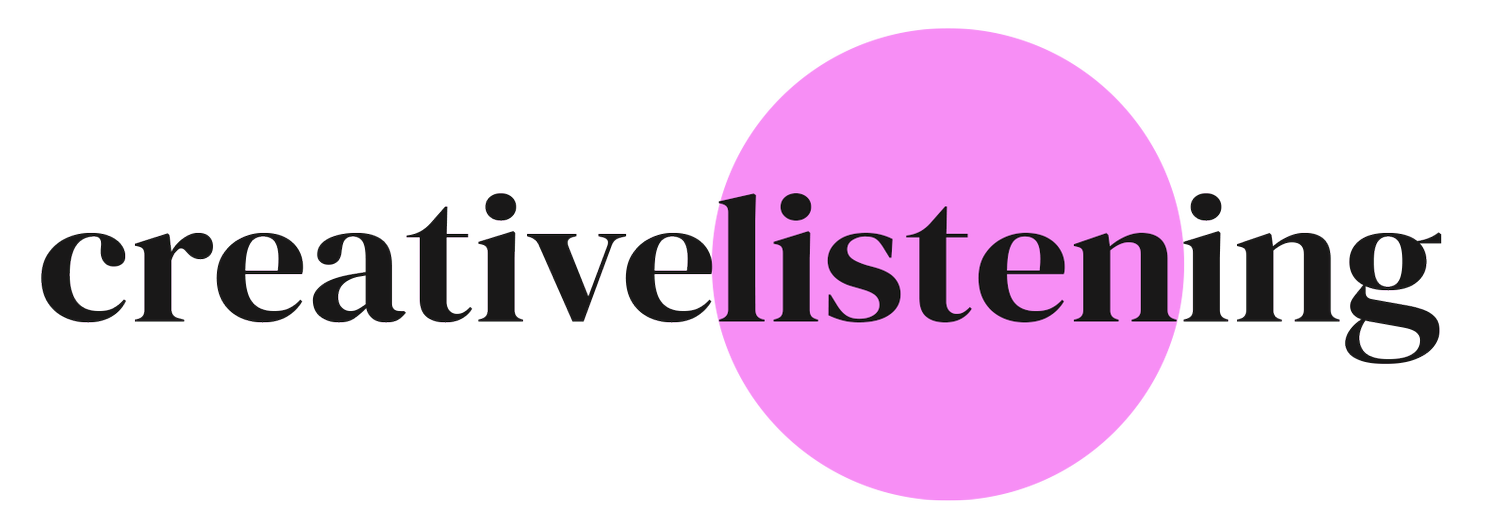How post production works
Post production is the last part of the video making process, where we take all the rushes (filmed takes) from the shoot and edit them into the final video.
Here are some broad guidelines that we follow at Creative Listening to ensure that everyone involved in the project understands and follows the process so that we end up with happy post editors and a happy client :)
Creative Listening Post-Production Guidelines
Post production is a very process heavy part of any project and it’s important that this process is followed to allow for a smooth workflow. Each stage of the edit should be reviewed with the following guidelines in mind, as to be able to move on to the next stage of the edit certain elements need to be agreed upon. For example, all audio work is dependent on the visuals, so we should not be moving to Post Sound until all visuals are approved and Image Lock is achieved.
The reason for this is so that we can ensure schedules and budgets are adhered to. If we have to go back a step then this will impact timelines and cost.
Think of it like building a house, the 1st Assembly is our foundation, 2nd Cut our walls and so on until we put in the final interiors which is the Post Sound stage! If we have to change a take when we’re at the Post Sound stage, then the foundations of the video will have to be changed which will impact all the work done to that section of the video, so elements like grade, transitions or the sound mix might have to be worked on again.
Delivery
Delivery will be sent via a Frame.io review link. We’ve got a lovely blog about that as well, which you can read here.
1st Assembly
At this stage the footage has been roughly edited together to match the script and make sure we have all the correct clips in place and in the correct order. There has been no work done on the sound or colour/visual grading, and any titles, fine cuts, transitions, animations and stock footage are yet to be added.
These are the areas to focus on in 1st Assembly feedback:
Language
Correct takes have been used
Sequence of events are correct
Anything that impacts market and needs changing/removing
2nd Cut
At this stage, feedback from the 1st Assembly will have been implemented, and colour/visual grading will be corrected. There may be some sound design and music added, but these are placeholder only and will be tidied up or replaced in the Final Cut - the sound will not have been done at this stage. Post editors will respond to comments in the 1st Assembly Frame feedback with their reasoning as to why any 1st cut feedback could not be implemented.
Areas to focus on in 2nd Cut feedback:
Ensure 1st Assembly feedback has been implemented
Issues with the cuts (timing of cuts, level of zoom, transitions)
Issues with colour grading and anything visual
Issues with title screens, graphics, animations and stock footage
General timing issues with sound or any missing narrative
Issues with overall length, and any suggestions of sections to trim if too long
3rd Cut (Image Lock)
Sign off stage - feedback from 2nd Cuts will have been implemented. What we mean by Image Lock is that this is the last chance to make any changes to the visual elements before the sound gets processed.
Post Sound Cut
All post sound work is now in place and feedback should look at:
Issues with the style/choice of sound effects and music
Flag any issues with volume and clarity of sound
It’s very important to note that the Post Video Editor passes control of the arrangement to the Post Sound Editor after Image Lock sign off. This means that whilst the video is having the sound processed it is not possible to make any changes to the visual elements. Once the sound is signed off, then the Post Sound Editor passes control of the arrangement back to the Post Video Editor, who then uploads the Final Cut Sign Off Delivery.
Final Cut Sign Off Delivery
Everything has been completed and is ready for final client sign off. Once cuts are signed off, then the Post Video Editor will export to the correct specification and deliver the final files!
